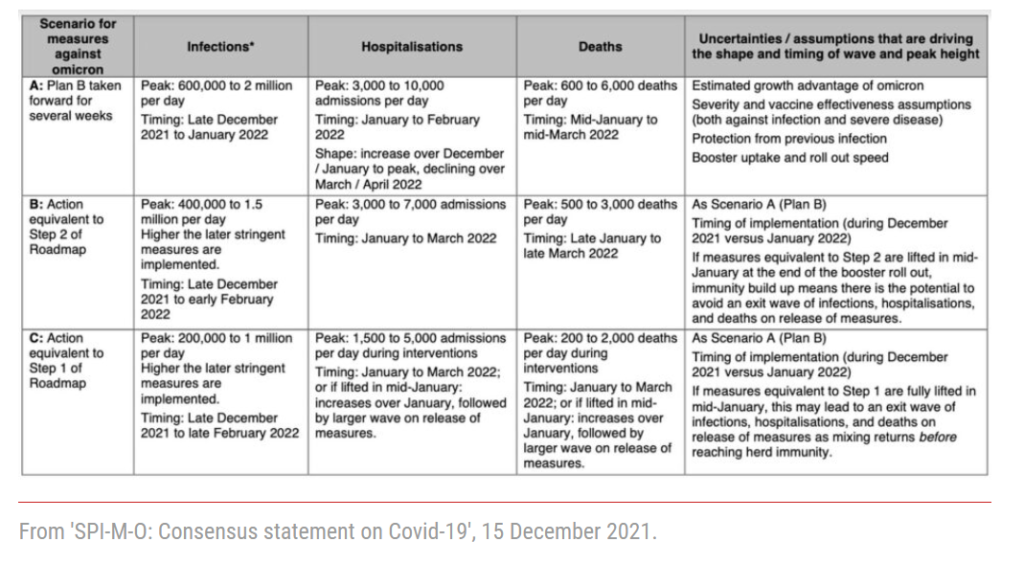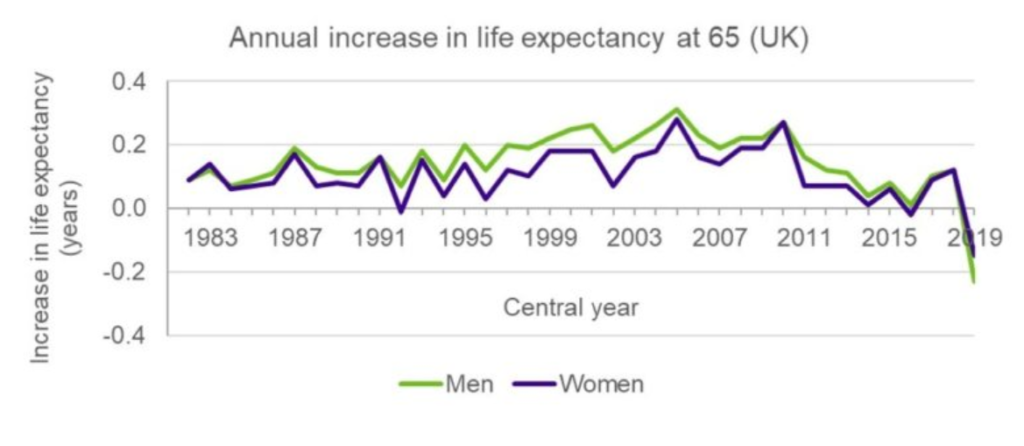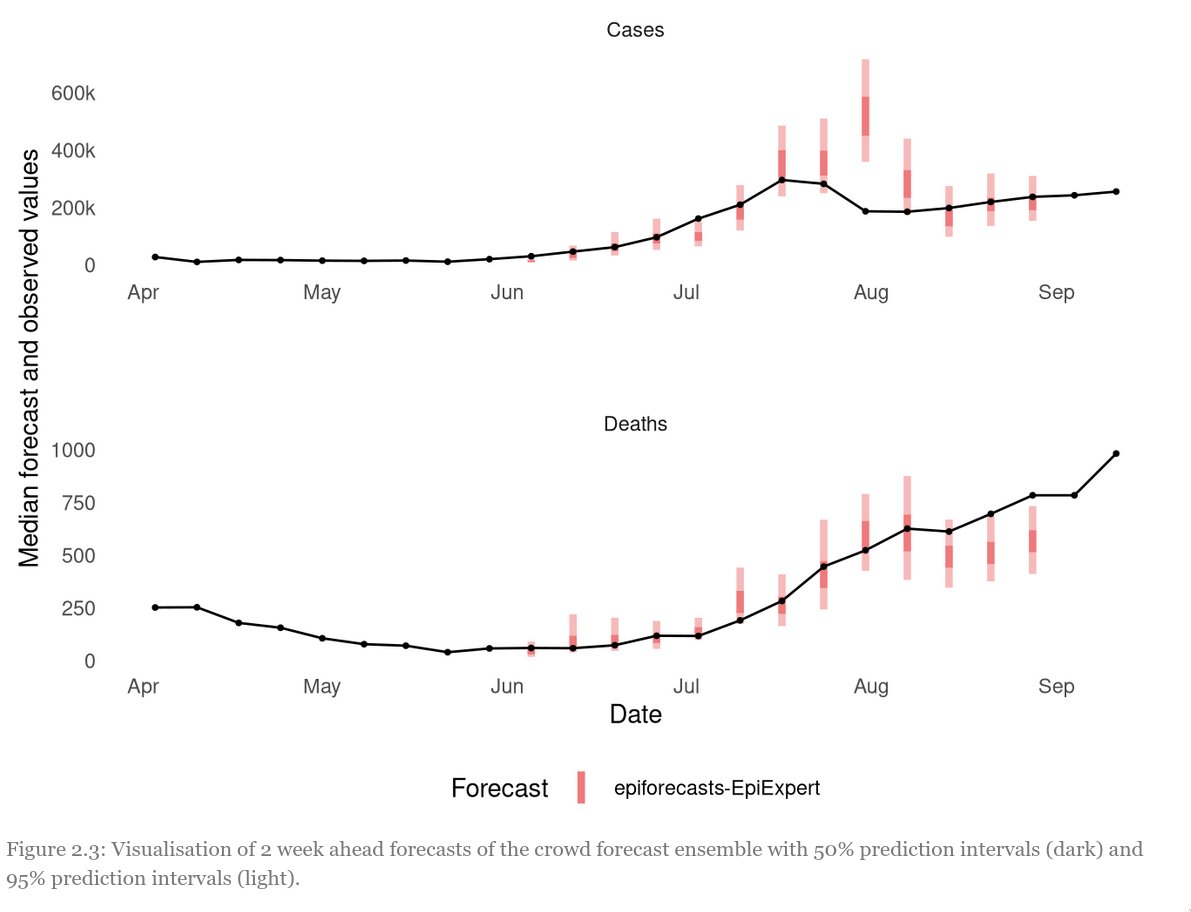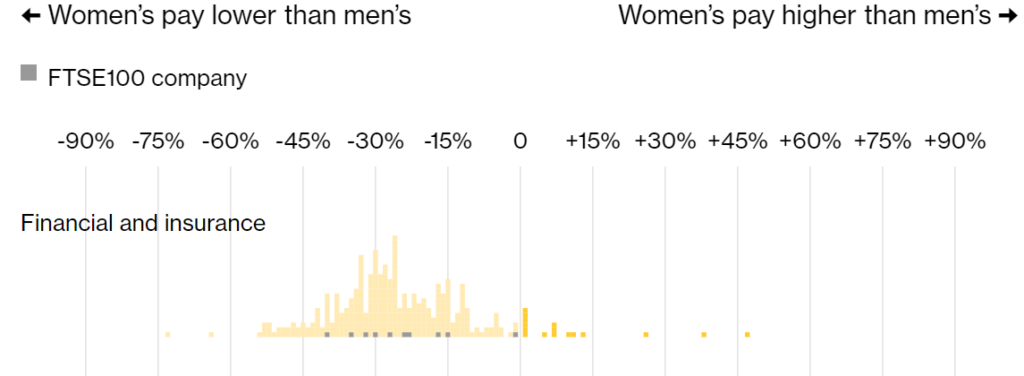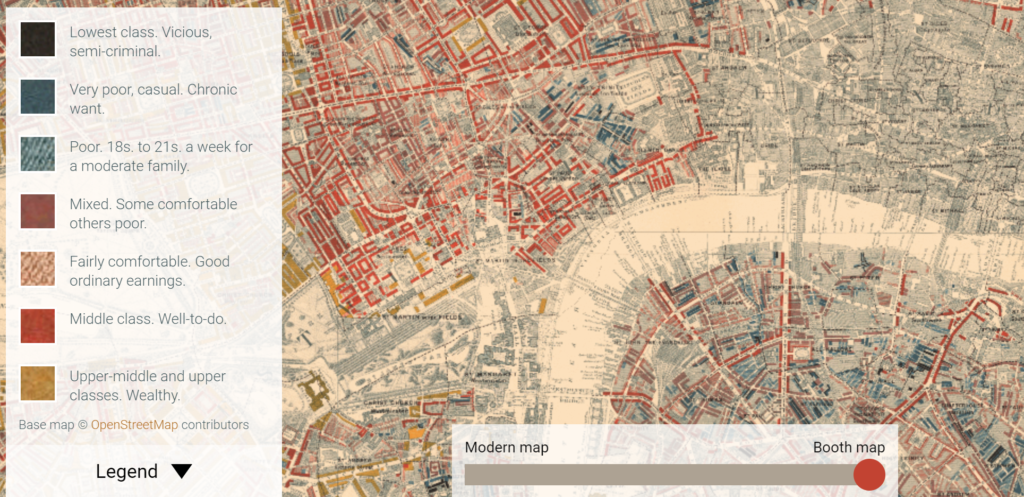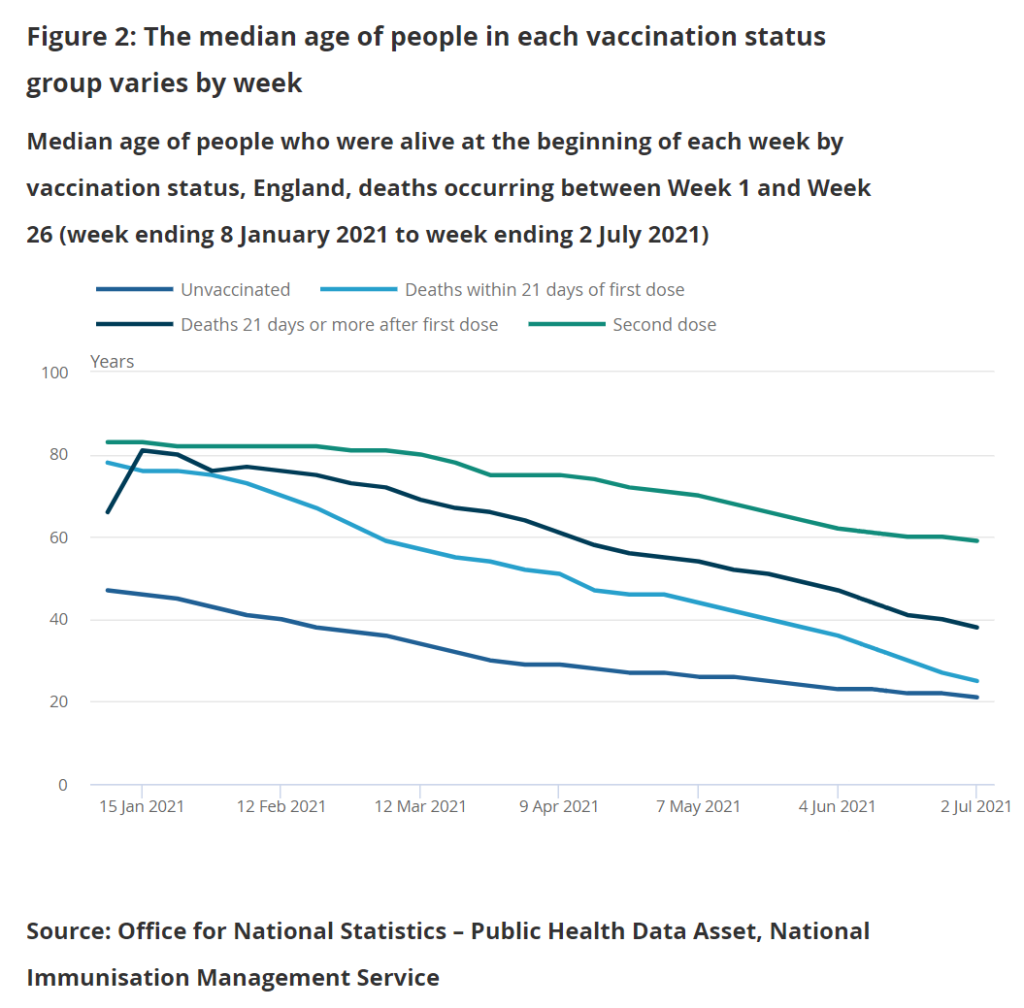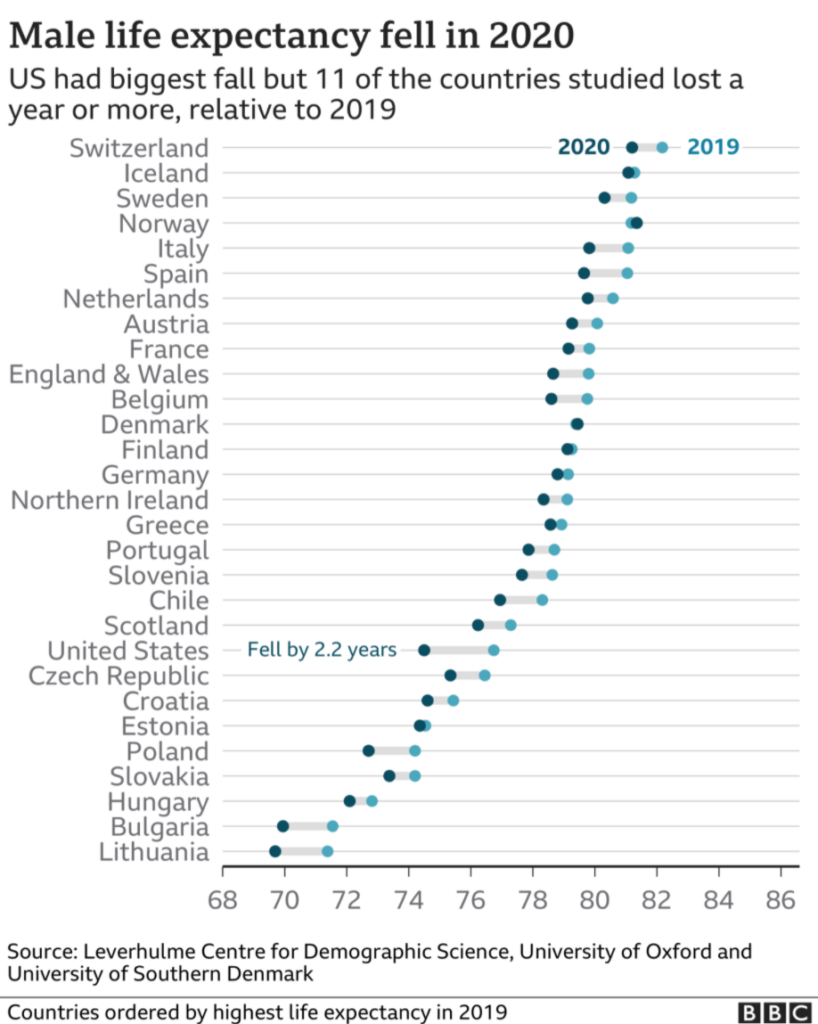Link:https://mathshistory.st-andrews.ac.uk/Biographies/Sprague/
Graphic:

Excerpt:
Dr Sprague was the main person behind a mortality study covering the experience of twenty U. K. life offices. This study resulted in the Institute of Actuaries Life Tables (the so-called Twenty Offices Table) which was published in 1869 [2]. From this study, he produced, in 1879, the first Select Tables of Mortality [3] which were the first two-dimensional mortality tables ever published (the two dimensions being ‘insured duration’ i.e. the ‘select period’ and ‘age attained’). The ‘select period’ was five years.
Dr Sprague pioneered the important 1870 Life Insurance Companies Act [4] which was introduced following the notorious insolvencies of both the Albert and the European life assurance companies. The 1870 Act required:-
… an investigation into the financial condition of a life insurance company to be made regularly by an actuary,
required a separate “long-term fund” and required the:-
… preparation of a revenue account and balance sheet every year in prescribed form to be filed with the Board of Trade,
the latter being a public document. Dr Sprague was one of the foremost advocates of the principle of ‘Freedom with Publicity’ (i.e. documents available to the public) and was opposed to there being any Government regulation prescribing the manner of valuation of policy liabilities. He wrote the major 19th century work on the preparation of life office accounts in conformity with the 1870 Act [5].
Author(s): David O Forfar
Publication Date: accessed 9 Feb 2022
Publication Site: MacTutor History of Math Archives
